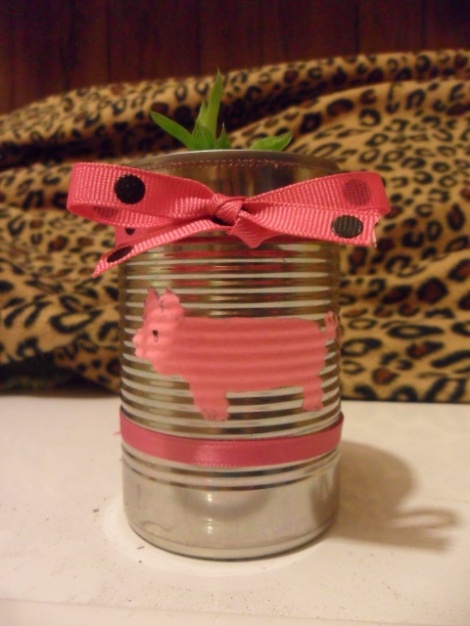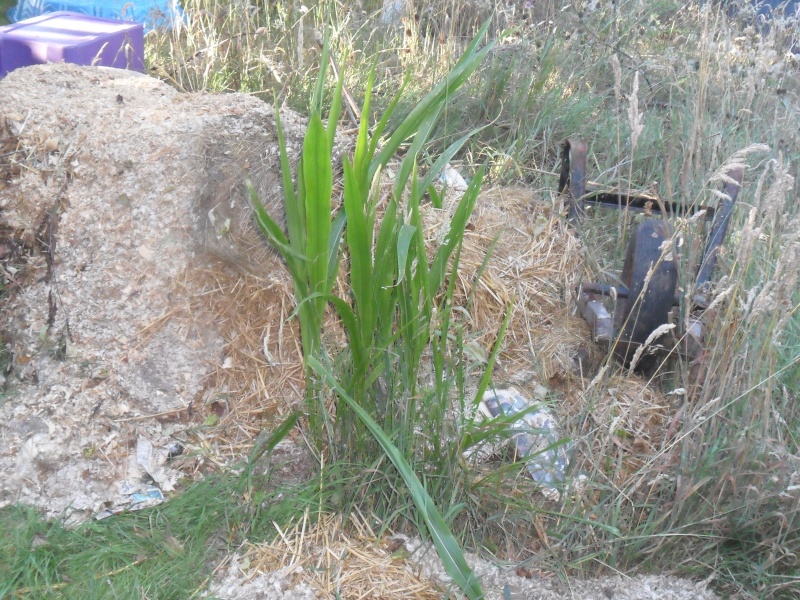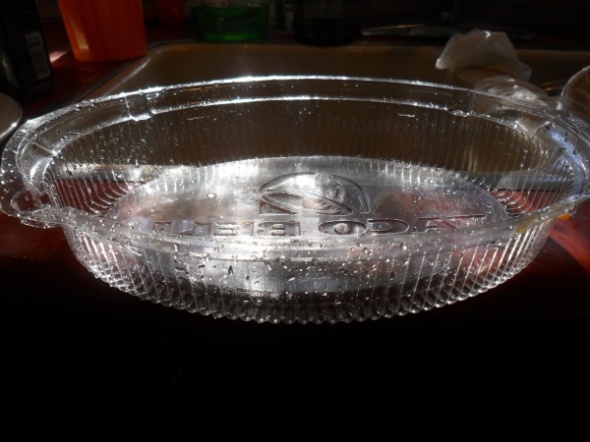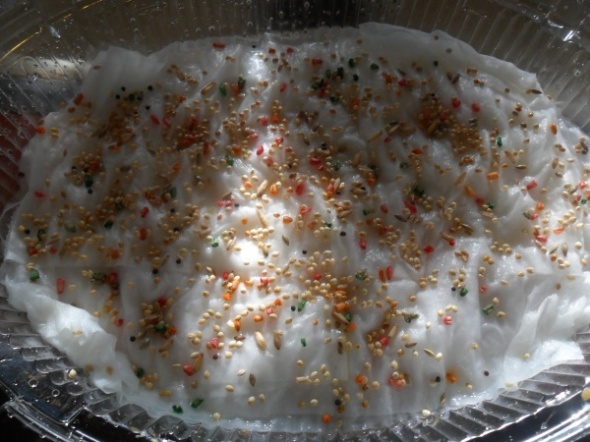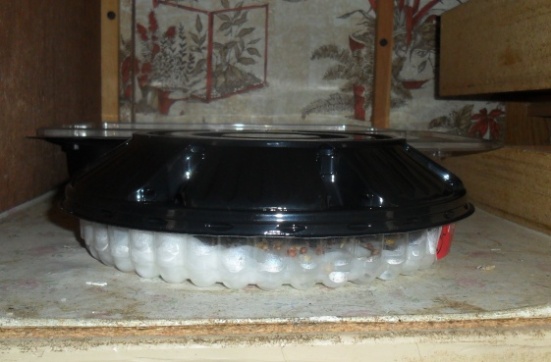I made a few planters for some of my greens during the winter. The only non-recycled material in these is the paint. This is a fun, simple, and easy way to reuse tin cans and to grow a bit of food during the winter months. This is also a great option for those who live in an apartment or a home that doesn’t have much space for putting in larger planters or gardens.
These planters can be used to grow many different things from radishes to greens to fresh herbs. Pretty much any plant that is relatively small or that can be easily contained within a pot will work great for planting in these tin cans.
In my planters I have planted Spinach and Heritage Lettuce to grow for the chickens so that they will have a steady supply of freshly picked greens throughout the winter months. I have also planted Thyme, Coriander, Basil, and Mint in a few others so that I will have some more fresh herbs for cooking this winter.
Making these planters is very simple and is a great project for kids. Below are the steps to making a Tin Can Planter.
1. Thoroughly clean a used tin can and be sure there are no sharp or jagged edges on them. If there is a sharp edge, simply file it down with a nail file until it is smooth. Remove the label from the can and either place it in the recycling bin or throw it on the compost pile.
2. Using a hammer and nail poke 1-5 small holes in the bottom of the tin can. These holes will allow any extra water to drain out if you over water the plants.
3. Be sure the outside of the can is clean and dry so that the paint will have the best chance of sticking. I used a Soy Based Acrylic paint for this project, but any acrylic paint will work for this. I’ve found that acrylic paints work best with smooth metal surfaces. A waterproof paint will also help to ensure the design isn’t washed off when you accidentally spill water on the outside of the can.
4. Select your pattern or design for painting and paint it. I chose a Pig for the one pictured above, but let your imagination be your guide and paint whatever you feel will look best on your planters. Once you’ve selected your design, go ahead and paint. You will probably need at least two coats of paint for the best color, but be sure to let the paint dry completely before the next coat is applied.
5. Once your design is painted you may choose to add some ribbon as a finishing touch. This can be any ribbon you like as long as it fits easily on the can. Once you have your ribbon cut a length that you like, I used a 10″ length of ribbon. Wrap the ribbon around the can and tie a simple bow, same as you would tie a shoe. If you are worried the ribbon may slip, then a bit of tacky glue can be used to adhere it to the can. It is easiest to use an instant dry or a quick dry tacky glue so that you won’t have to hold the ribbon in place while the glue dries.
6. Fill the can with potting soil to the top edge. Wet the soil until it is damp with warm water so that you stand less chance of disturbing the seed or moving it to one side of the planter by watering after the seed has been planted. Create a small 1/4″ deep hole in the damp soil with your finger and place the seed inside the whole, then cover with a light layer of soil. It will be best to have only one plant per planter to ensure that the plant has the most room and won’t be too crowded in the planter.
7. Water regularly and enjoy your bountiful harvest!
